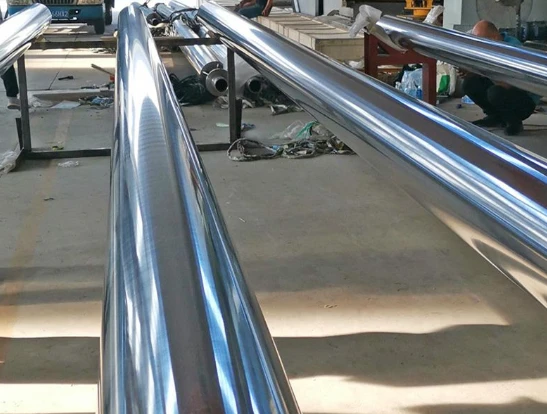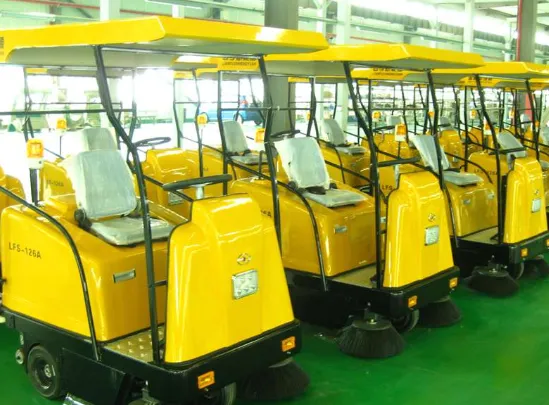
-
 Afrikaans
Afrikaans -
 Albanian
Albanian -
 Amharic
Amharic -
 Arabic
Arabic -
 Armenian
Armenian -
 Azerbaijani
Azerbaijani -
 Basque
Basque -
 Belarusian
Belarusian -
 Bengali
Bengali -
 Bosnian
Bosnian -
 Bulgarian
Bulgarian -
 Catalan
Catalan -
 Cebuano
Cebuano -
 China
China -
 China (Taiwan)
China (Taiwan) -
 Corsican
Corsican -
 Croatian
Croatian -
 Czech
Czech -
 Danish
Danish -
 Dutch
Dutch -
 English
English -
 Esperanto
Esperanto -
 Estonian
Estonian -
 Finnish
Finnish -
 French
French -
 Frisian
Frisian -
 Galician
Galician -
 Georgian
Georgian -
 German
German -
 Greek
Greek -
 Gujarati
Gujarati -
 Haitian Creole
Haitian Creole -
 hausa
hausa -
 hawaiian
hawaiian -
 Hebrew
Hebrew -
 Hindi
Hindi -
 Miao
Miao -
 Hungarian
Hungarian -
 Icelandic
Icelandic -
 igbo
igbo -
 Indonesian
Indonesian -
 irish
irish -
 Italian
Italian -
 Japanese
Japanese -
 Javanese
Javanese -
 Kannada
Kannada -
 kazakh
kazakh -
 Khmer
Khmer -
 Rwandese
Rwandese -
 Korean
Korean -
 Kurdish
Kurdish -
 Kyrgyz
Kyrgyz -
 Lao
Lao -
 Latin
Latin -
 Latvian
Latvian -
 Lithuanian
Lithuanian -
 Luxembourgish
Luxembourgish -
 Macedonian
Macedonian -
 Malgashi
Malgashi -
 Malay
Malay -
 Malayalam
Malayalam -
 Maltese
Maltese -
 Maori
Maori -
 Marathi
Marathi -
 Mongolian
Mongolian -
 Myanmar
Myanmar -
 Nepali
Nepali -
 Norwegian
Norwegian -
 Norwegian
Norwegian -
 Occitan
Occitan -
 Pashto
Pashto -
 Persian
Persian -
 Polish
Polish -
 Portuguese
Portuguese -
 Punjabi
Punjabi -
 Romanian
Romanian -
 Russian
Russian -
 Samoan
Samoan -
 Scottish Gaelic
Scottish Gaelic -
 Serbian
Serbian -
 Sesotho
Sesotho -
 Shona
Shona -
 Sindhi
Sindhi -
 Sinhala
Sinhala -
 Slovak
Slovak -
 Slovenian
Slovenian -
 Somali
Somali -
 Spanish
Spanish -
 Sundanese
Sundanese -
 Swahili
Swahili -
 Swedish
Swedish -
 Tagalog
Tagalog -
 Tajik
Tajik -
 Tamil
Tamil -
 Tatar
Tatar -
 Telugu
Telugu -
 Thai
Thai -
 Turkish
Turkish -
 Turkmen
Turkmen -
 Ukrainian
Ukrainian -
 Urdu
Urdu -
 Uighur
Uighur -
 Uzbek
Uzbek -
 Vietnamese
Vietnamese -
 Welsh
Welsh -
 Bantu
Bantu -
 Yiddish
Yiddish -
 Yoruba
Yoruba -
 Zulu
Zulu
Jan . 15, 2025 04:14
Back to list
Duct System
FRP flooring, a dynamic solution in the construction and manufacturing sectors, is gaining attention for its durability, versatility, and efficiency. Offering a blend of strength and resilience, FRP (Fiber Reinforced Polymer) flooring is perfectly tailored for environments demanding high resistance to corrosion, chemicals, and wear.
Trustworthiness in the realm of FRP flooring is reflected through its widespread adoption across sectors. The testimonies of engineers and facility managers underscore its effectiveness. Case studies illustrate instances where facilities have transitioned from traditional flooring options to FRP, resulting in notable improvements in safety, performance, and cost efficiency. Additionally, FRP's eco-friendly properties make it a sustainable choice, aligning with contemporary ecological standards and policies. It is recyclable, and its longevity minimizes the need for frequent replacements, reducing the overall environmental footprint of a project. Companies exploring FRP flooring often emphasize the importance of professional installation. Partnering with experienced installers ensures that the full benefits of FRP are realized. Proper handling during the installation phase maximizes the material's integrity and performance capabilities. Specialized training and tools are required to cut, fit, and fasten FRP materials securely, and using certified professionals guarantees that the installation will meet all relevant safety and efficacy guidelines. In conclusion, FRP flooring offers a substantial advantage for facilities aiming to enhance their operational efficiency while addressing environmental concerns. It combines longevity with the flexibility to meet the unique demands of various industries. As the demand for resilient and sustainable building materials grows, FRP flooring stands out as a leading choice for its proven track record and potential for future innovations. Its integration not only bolsters industrial and commercial infrastructure but also sets a precedent for modern construction methodologies that prioritize durability, safety, and ecological mindfulness.


Trustworthiness in the realm of FRP flooring is reflected through its widespread adoption across sectors. The testimonies of engineers and facility managers underscore its effectiveness. Case studies illustrate instances where facilities have transitioned from traditional flooring options to FRP, resulting in notable improvements in safety, performance, and cost efficiency. Additionally, FRP's eco-friendly properties make it a sustainable choice, aligning with contemporary ecological standards and policies. It is recyclable, and its longevity minimizes the need for frequent replacements, reducing the overall environmental footprint of a project. Companies exploring FRP flooring often emphasize the importance of professional installation. Partnering with experienced installers ensures that the full benefits of FRP are realized. Proper handling during the installation phase maximizes the material's integrity and performance capabilities. Specialized training and tools are required to cut, fit, and fasten FRP materials securely, and using certified professionals guarantees that the installation will meet all relevant safety and efficacy guidelines. In conclusion, FRP flooring offers a substantial advantage for facilities aiming to enhance their operational efficiency while addressing environmental concerns. It combines longevity with the flexibility to meet the unique demands of various industries. As the demand for resilient and sustainable building materials grows, FRP flooring stands out as a leading choice for its proven track record and potential for future innovations. Its integration not only bolsters industrial and commercial infrastructure but also sets a precedent for modern construction methodologies that prioritize durability, safety, and ecological mindfulness.
Next:
Related Products
Latest news
-
Exploring the Benefits of Top Hammer Drifter Rods for Enhanced Drilling PerformanceNewsJun.10,2025
-
High-Precision Fiberglass Winding Machine for GRP/FRP Pipe Production – Reliable & Efficient SolutionsNewsJun.10,2025
-
FRP Pipes & Fittings for Shipbuilding - Corrosion-Resistant & LightweightNewsJun.09,2025
-
Premium FRP Flooring Solutions Durable & Slip-ResistantNewsJun.09,2025
-
Premium Fiberglass Rectangular Tanks Durable & Lightweight SolutionNewsJun.09,2025
-
Tapered Drill String Design Guide Durable Performance & UsesNewsJun.09,2025









